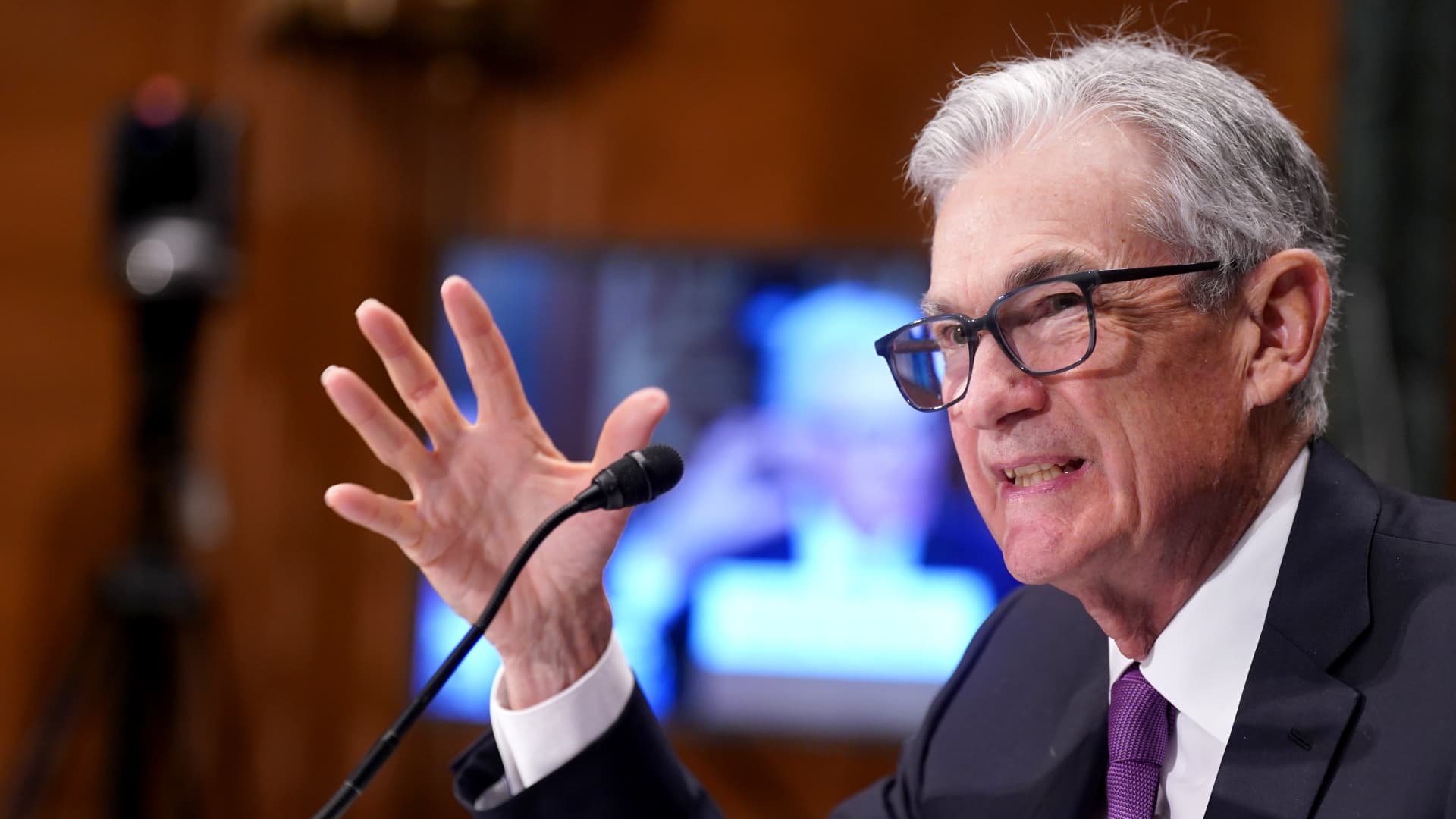The Federal Reserve has grabbed a lot of attention the past couple of years and for good reason: Investors are pinning their hopes on the central bank’s monetary policy to beat down inflation and softly land the red-hot U.S. economy. But another part of the economic equation — fiscal policy directed by the White House and Congress — is about to nab some of that spotlight as the fall presidential election approaches. How the two forces work together will determine where the economy and markets go next. First, let’s define these two wonky terms. Fiscal policy refers to how the government generates revenue and targets its spending to achieve a desired outcome. In contrast, monetary policy refers to actions taken by a country’s authority on money — the Federal Reserve in the U.S. — to reach a desired economic outcome. In the U.S., this means a stable economy with low unemployment and price stability — those are the pillars of the Fed’s dual mandate. Fiscal policy and monetary policy are implemented independently, even as one impacts the other. Each can be one of three things: neutral, contractionary, or expansionary. A neutral policy seeks to maintain the status quo. A contractionary policy seeks to slow the economy, usually because inflation is running too hot. This is achieved with policies that pull money out of circulation, thus reducing buying power and therefore demand. The U.S. is a consumption-based economy, so it can be stimulated or slowed down by making it harder or easier for consumers to buy stuff. An expansionary policy looks to stimulate the economy, either to reduce unemployment or generate more growth. Here, the goal is to increase the amount of money in circulation in hopes of stimulating the demand for goods and services. The overarching goal is simple, even if the actions aren’t: Create conditions that keep the economy healthy. That means moderate growth with stable prices and a job available to anyone willing to work. This…
Read the full article here

Leave a Reply